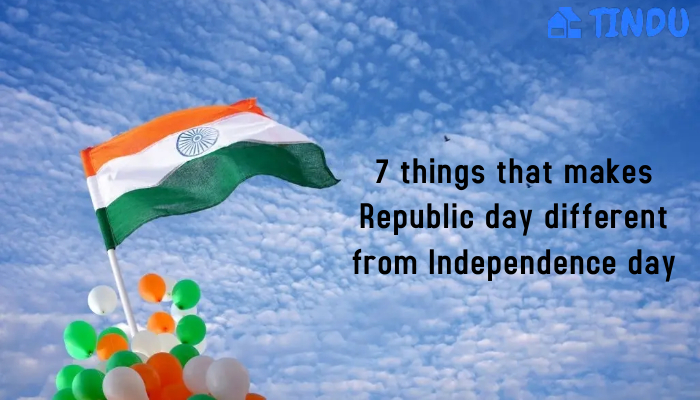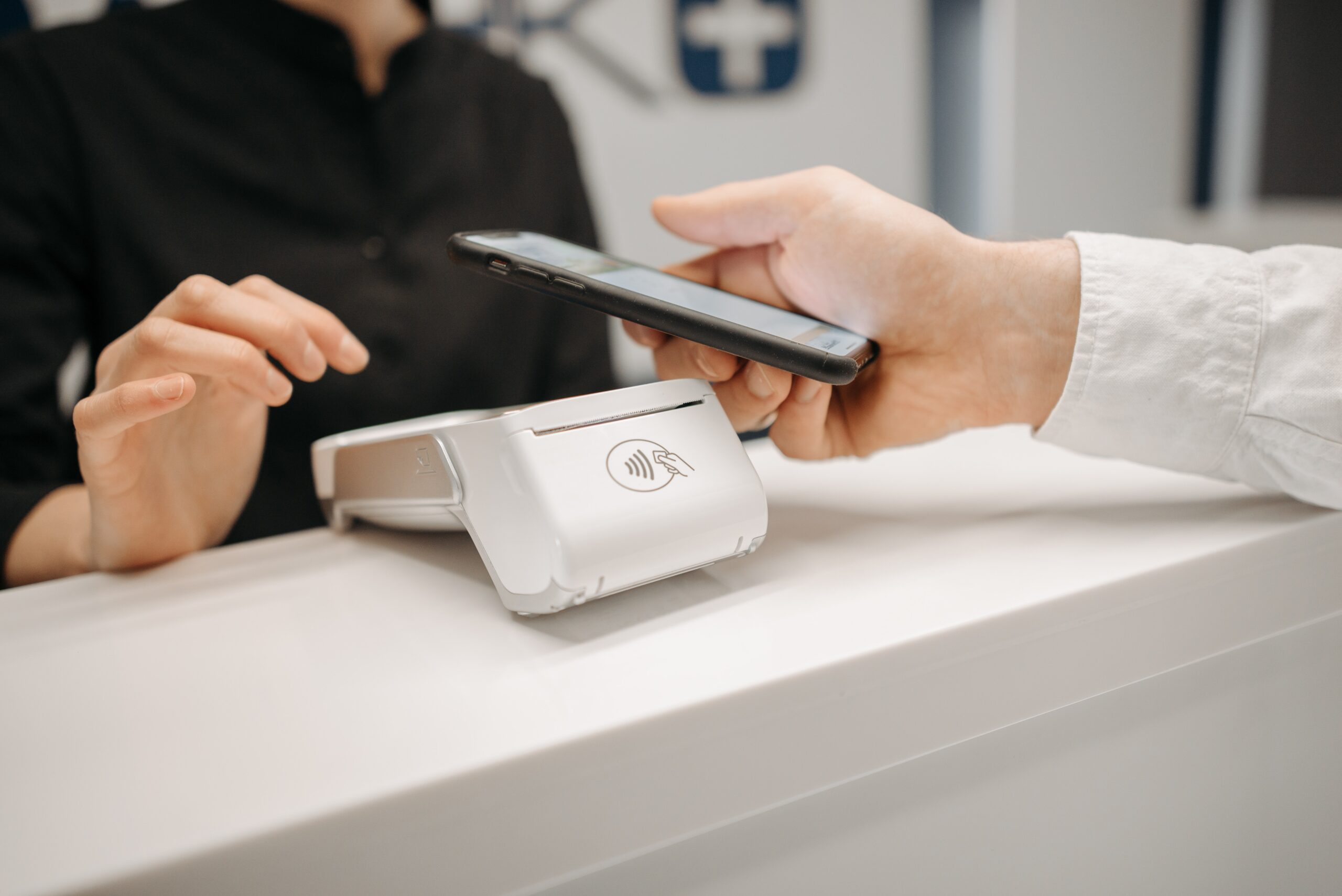Lucy is a NASA space probe that will go to eight different asteroids over the course of a 12-year voyage, stopping at a main-belt asteroid as well as eight Jupiter trojans, asteroids that circle the Sun either ahead of or behind Jupiter. All encounters with targets will be fly-by encounters. The Lucy spacecraft is the focal point of a mission worth US$981 million.
Lucy and the Psyche expedition were selected as NASA’s Discovery Program missions 13 and 14, respectively, on January 4, 2017.
Because the study of Trojans could reveal the “fossils of planet formation”: materials that clumped together in the early history of the Solar System to form planets and other bodies, the mission is named after the Lucy hominid skeleton. The Australopithecus was named after the Beatles song “Lucy in the Sky with Diamonds,” which was released in 1967.

LUCY:
Lucy spaceship traveling past the Trojan asteroid 617 Patroclus and its binary companion Menoetius, as imagined by an artist. Lucy will be the first mission to investigate Jupiter’s Trojan asteroids, which are old outer solar system leftovers.
NAMES: Discovery Mission 13
MISSION TYPE: Multiple flybys of Asteroids
OPERATOR: NASA Goddard -SwRI
MISSION DURATION: 12 YEARS (Planned )
SPACECRAFT: LUCY

MANUFACTURER: Lockheed Martin
LAUNCH MASS: 1,500KG (3,300 Ib)
LAUNCH DATE : 16 OCT. ,2021 ,5:34 am , 09:34 UTC
ROCKET: Atlas V 401 (AV-096)
LAUNCH SITE: CAPE CANAVERAL,SLC-41
CONTRACTOR: United Launch Alliance (ULA)
DEVELOPMENT :
Lucy was chosen by NASA through the Discovery Program AO, which was revealed on November 5, 2014. Lucy was submitted in response to a call for proposals for the Discovery Program’s next mission(s) that concluded in February 2015. By the end of 2021, proposals had to be ready to go. In total, twenty-eight proposals were received.

Lucy was chosen as one of five finalist missions on September 30, 2015, each receiving US$3 million to conduct more in-depth concept design studies and assessments. DAVINCI, NEOCam, Psyche, and VERITAS were among the other contenders.
Lucy and Psyche were chosen for development and launch on January 4, 2017.
Lucy will launch in October 2021 from Cape Canaveral, Florida, on an Atlas V 401 launch vehicle, NASA said on January 31, 2019. The launch is expected to cost US$148.3 million in total. SpaceX contested the contract award on February 11, 2019, alleging that it could launch Lucy into the same orbit for “much less money.” SpaceX withdrew its protest on April 4th, 2019.
Lucy cleared its Key Decision Point-D (KDP-D) on August 28, 2020, giving the spacecraft and its instruments the “green light” to assemble and test. On October 26, 2020, the first of the spacecraft instruments, L’LORRI, arrived. The spacecraft was carried to Florida on a C-17 cargo plane on July 30, 2021, for launch preparations, and Lucy was encapsulated into the rocket fairing on September 30, 2021. Lucy’s 23-day launch window begins on October 16, 2021, and the spacecraft will fly past an asteroid for the first time in April 2025.

TARGETS :
The spacecraft has made a number of flybys.
| Date | Target | Group | Diameter | Altitude | Type |
|---|---|---|---|---|---|
| 16 October 2022 | Earth | Terrestrial planets | 12 742 km | 300 km | Terrestrial planet. Gravity assist. |
| 13 December 2024 | Earth | Terrestrial planets | 12 742 km | 350 km | Terrestrial planet. Gravity assist. |
| 20 April 2025 | 52246 Donaldjohanson | Inner main belt, member of ~130 Myr old Erigone family | 4 km | 922 km | C-type asteroid. Lucy will flyby the asteroid from 922 km. |
| 12 August 2027 | 3548 Eurybates | Greek camp at L4 | Eurybates: 64 km (Queta satellite: 1 km) |
1 000 km | binary C-type asteroid, largest member of the only confirmed disruptive collisional family in the Trojans. Has a small satellite. |
| 15 September 2027 | 15094 Polymele | Greek camp at L4 | 21 km | 415 km | P-type asteroid that may be a collisional fragment of a larger P-type asteroid. Its red color suggests surface is rich in organic compounds called tholins. |
| 18 April 2028 | 11351 Leucus | Greek camp at L4 | 34 km | 1 000 km | D-type asteroid, slow rotator taking 466 hours per rotation. |
| 11 November 2028 | 21900 Orus | Greek camp at L4 | 51 km | 1 000 km | Characterized as a D-type and C-type asteroid by the Lucy mission team and by Pan-STARRS photometric survey, respectively. Possible binary.[28] |
| 26 December 2030 | Earth | Terrestrial planets | 12 742 km | 660 km | Terrestrial planet. Gravity assist. First spacecraft to go as far as Jupiter and return to the vicinity of the Earth.[29] |
| 2 March 2033 | 617 Patroclus-Menoetius | Trojan camp at L5 | Patroclus: 113 km Menoetius: 104 km |
1 000 km | Binary P-type asteroids.[30] The pair orbit at a separation of 680 km. |
ALSO READ :INDIA’S FIRST SOLAR MISSION (ADITYA L1)



















